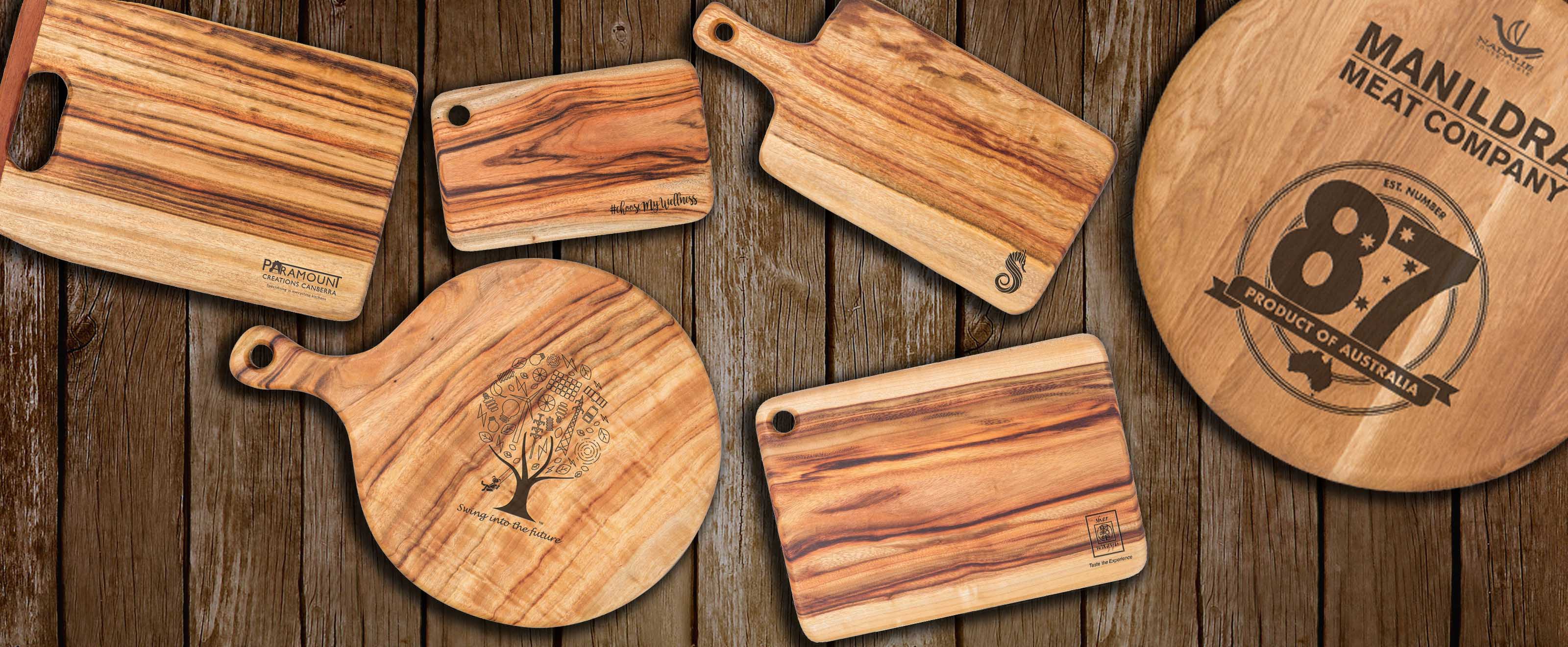The Ultimate Guide to Choosing the Perfect Wooden Chopping Board
Whether you are a seasoned chef or a casual cook, a chopping board is one of the most essential tools in your kitchen. With so many options available, finding the Perfect Chopping Board can feel overwhelming. If you’re in the market for the Perfect Chopping Board, this comprehensive Chopping Board Buying Guide will help you understand what to look for, helping you make an informed decision and find the ideal board for your kitchen needs.
Why Investing in the Perfect Chopping Board Matters
Before discussing how to find the ideal wooden chopping boards, let’s see why wooden chopping boards are the right choice for your cooking needs. A high-quality chopping board isn’t just a tool; it’s a valuable addition to your kitchen. The Perfect Chopping Board combines durability, practicality, and visual appeal, making it an essential part of your cooking routine. A well-chosen board:
- Protects your knives
- Enhances hygiene
- Adds an elegant touch to your kitchen’s décor
- Doubles as a stylish serving platter

Features to Look for in the Perfect Wooden Chopping Board
Choosing the right one involves considering factors like material, size, and maintenance requirements. When searching for the Perfect Chopping Board, you need to consider these critical features:
- Wood Type
The type of wood of your chopping board significantly impacts its performance, appearance, and maintenance needs. Here are a few of the most popular types of wood used to make chopping boards:- Camphor Laurel
For professional cooks, Camphor Laurel is their go-to option. These chopping boards are known for their durability and fine grain. These are highly resistant to cuts and stains, kind on your knives and very easy to clean. Camphor Laurel wooden chopping boards are naturally anti bacterial, hygienic and long lasting. - Australian Hardwood
Australian Hardwood stands out as a highly aesthetic wood for cutting boards, thanks to its rich, dark brown tones and smooth grain texture. While it’s slightly harder than Camphor Laurel, it’s durable and able to withstand lots of use - Teak
Due to Teak’s natural oils, it is water-resistant and bacteria-resistant, making it ideal for kitchens where the board might frequently come into contact with moisture. - Acacia
This wood offers a balance of beauty, durability, and budget. Its stunning grain patterns make it an excellent choice for those seeking Wooden Chopping Boards by Material that combine style and functionality. - Pine
Softer wood, making great for sushi boards, kind on japanese knives, Not as heavy as all the other wooden chopping boards mentioned.
- Camphor Laurel
- Size and Thickness
Depending on your cooking habits, you will also need to decide a size and thickness for your chopping board. Larger boards are ideal for cutting meat, chopping vegetables, or preparing meals for a crowd, while smaller boards are better for quick tasks like slicing fruit or herbs. A thickness of at least 25 to 28mm is recommended for stability and durability, as thinner boards are more prone to warping. - Grain Orientation
There are two types of grain orientations found in chopping boards. In some boards, the woods are arranged with the fibers facing upward /End Grain. These types of boards are more durable and allow the chopping board to heal with each use. However, if you are looking for a lighter, more affordable and easy to handle option, you should opt for the edge grain boards / quarter sawn Camphor Laurel chopping boards. - Durability
Durability is one of the most important features of a good chopping board. These are many wooden boards that are made from hardwoods, such as Camphor Laurel, Black Butt, Teak / Wattle, Australian Hardwood and Oak. These boards can withstand regular use without cracking or warping. On the other hand, softwoods such as Pine and Bamboo are prone to scratches and are less durable in the long run. So, you need to pay close attention to the durability of your wooden chopping board. - Special Features
Additionally, you can also consider extra features such as the juice grooves / roast carver boards to catch liquids, Red Cedar handles for easy lifting, Pizza boards for serving pizza, cheese boards for cheese platters, paddle cheese boards, platter boards for charcuterie and even one metre pizza boards for restaurant use. These features could be small, but can impact how you use your chopping board in the kitchen. - Knife Preservation
Wooden boards are gentle on knives, helping to keep blades sharper for longer. This not only saves you money on frequent sharpening but also makes food preparation more efficient. - Natural Antibacterial Properties
Certain types of wood, such as Camphor Laurel have natural antibacterial properties that make them safer for food preparation. Their ability to resist bacteria provides a more hygienic option compared to plastic boards, which often develop grooves that trap food particles and provide a breeding space for bacterias. - Aesthetic Appeal
If you are looking for chopping boards that add to the aesthetics, wood’s natural beauty remains unmatched. You can find wooden chopping boards in deep Camphor Laurel tones to the golden glow of Oak. These aesthetic wood for cutting boards can transform any functional space into a welcoming area for guests.
Wooden boards are not just functional; but also stunning. Investing in the Perfect Chopping Board is a great start. By following this Chopping Board Buying Guide, you can select a board that not only meets your cooking needs but also brings joy to your culinary adventures.
- Comments

